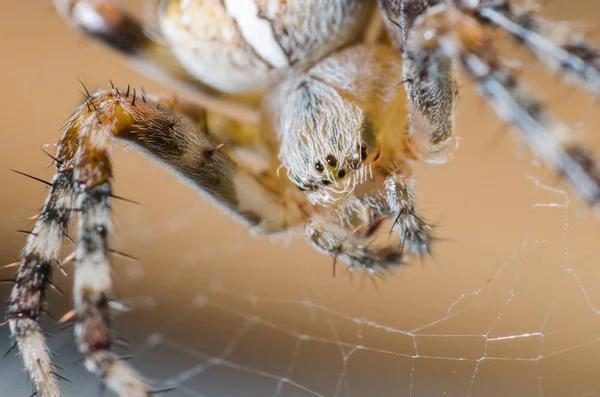
Natural Pest Control for Museums
Museums are vital institutions that preserve our history and cultural heritage. While they provide a safe haven for valuable artifacts, they also face the constant threat of insect infestations. Traditional pest control methods often involve the use of harmful chemicals, which can not only damage the delicate items in display but also pose health risks to both visitors and staff. As sustainability becomes increasingly important, museums are turning to natural pest control methods to combat these threats.
One effective method of natural pest control is through the use of essential oils. Essential oils have been used for centuries as a natural deterrent for insects due to their strong scents and properties that repel pests. For instance, cloves and peppermint essential oils have shown to be effective against beetles, while lavender oil is known to ward off moths.
Another popular method of natural Safe Pest Control for museums is utilizing traps made from non-toxic materials such as sticky boards or pheromone-based traps. These traps target specific species of insects without exposing other organisms or the environment to harmful chemicals.
Certain plants can also serve as a form of natural pest control in museums. For example, placing mint plants near stored artifacts can help repel rodents and other pests with its strong scent while adding some greenery inside exhibitions.
Climate control is another crucial aspect in managing insect infestations in museums naturally. By keeping temperature and humidity levels within specific ranges, it creates an inhospitable environment for many types of pests to thrive or reproduce effectively.
Additionally, regular cleaning and proper storage techniques play a significant role in preventing pest infestations from occurring initially. Vacuuming dark corners where insects like silverfish often hide or switching out old cardboard boxes (a favorite breeding ground for bugs) with plastic storage containers can significantly minimize potential risks.
Implementing integrated pest management strategies is also crucial in combating pests naturally in museums efficiently. This approach involves identifying potential entry points such as cracks or gaps around doors and windows and taking preventative measures, such as sealing them off. It also involves regular monitoring to catch any infestations early on, preventing further damage.
Moreover, educating staff and visitors about preventing the introduction of pests is vital in maintaining a pest-free environment. For instance, many insects can hitchhike on clothing or bags brought into the museum. By providing storage options for personal items at entrances or encouraging visitors to refrain from touching exhibits, museums can significantly reduce the risk of insect infestations.
In conclusion, natural pest control methods are becoming increasingly preferred by museums due to their effectiveness and environmentally-friendly nature. By utilizing essential oils, traps, plant-based deterrence, climate control techniques, proper hygiene practices and implementing integrated pest management strategies while educating staff and visitors about prevention measures; museums can successfully keep their collections safe without compromising sustainability efforts. With proper care and attention to detail, historical artifacts can be enjoyed by future generations without the threat of harmful chemicals or pesky pests.



